Department for Transport (DfT) – Digital Transformation of the Bus Services Operators Grant (BSOG) Scheme
Framework: Government Digital Service (GDS) Standards
Role: UX Designer (Contracted through Deloitte Digital)
The Unisys Law Enforcement Application Framework (U-LEAF) gives resource-challenged law enforcement personnel a tool to help them meet the growing public demand for effective investigations of crime and terror threats.
To comply with my confidentiality agreement I have omitted and appropriated confidential information. These designs are a reinterpretation of the original.
To comply with my confidentiality agreement I have omitted and appropriated confidential information. These designs are a reinterpretation of the original.
Objective of the Project
The Department for Transport (DfT), undertook a Discovery phase with support from Deloitte Digital, to explore digital transformation for its flagship Bus Services Operators Grant (BSOG) scheme, aiming to digitise and streamline the application and claims processes for bus operators. The goal was to replace the resource-intensive, paper-based processes with an efficient, user-friendly digital system. This transformation intended to make BSOG applications more transparent, improve accessibility, reduce fraud risks, and increase operational efficiency, while fully adhering to GDS standards for public sector services.
To develop a digital submission route that streamlines the repayment and adjustment claim process for traders, reducing reliance on manual keying and minimising errors that delay payments.
This solution aims to enable HMRC to process claims more efficiently by digitising the submission of data currently captured on the C285 and C&E1179 forms, allowing case data to flow directly into the case management system.
By eliminating the manual entry of claims, the project will support timely repayments, increase operational efficiency, and accommodate anticipated increases in claim volumes due to EU Exit.
Additionally, the project will provide traders with an improved service, reducing the need for physical form submissions and allowing for a simpler, more reliable claims process.
My Role
In my role as a UX Designer contracted through Deloitte Digital, I was embedded within a multidisciplinary, agile team responsible for the end-to-end user experience of the proposed digital BSOG service.
I supported the project’s Discovery phase, focusing on design ideation, prototyping, and implementing user-centred improvements informed by insights from user research.
- A background review of existing information
- Stakeholder requirements workshop
- User testing and interviews (telephonic & face-to-face)
- Online audience survey
- Strategy workshops
- Task Flows, Lo-Fi Sketches
- Ideation & Prototyping workshop
- Wireframes & Wireframe testing with selected user groups
- UX Pattern Library
- Graphic design & testing
Challenges
- Outdated Paper-Based Processes: The existing system was heavily paper-dependent, causing delays, human errors, and inefficiencies, which we aimed to address with digitisation.
- Complex and Repetitive User Interactions: The need for operators to provide the same information repeatedly was a major user pain point, and aligning these issues with streamlined digital flows was critical.
- Varied User Needs and Accessibility Requirements: Ensuring the new design could serve diverse users, from large bus operators to small community transport operators, was essential. Addressing accessibility and GDS compliance was a priority.
- Getting user research into agile teams in a way that is timely, relevant and actionable was a challenge
- Identifying and arranging to test with users, often with a very niche skill-set and limited availability made initial research and validation problematic.
- ULEAF users at all levels have a vested interest to help inform and improve the product and see the potential in their involvement as they too benefit from any improved product or service through ULEAF UX improvement initiatives.
- Given the rich nature of the ULEAF interface, usability was paramount to the design approach – the ULEAF application itself is powerful, flexible and the reporting highly scalable, so the designs needed to cater for the diverse information that can be accessed through the interface while remaining intuitive and relevant.
Design & Research Tool Kit

Approach
Approach
- User Research and Problem Definition: Working closely with researchers, I helped synthesise findings from interviews, workshops, and surveys involving over 180 stakeholders. This process clarified user needs and existing pain points, such as redundancy, lack of digital options, and limited support for small operators.
- Design Ideation and Workshops: I led ideation sessions to brainstorm solutions for the identified issues. These workshops generated design artefacts, including user flows, sketches, and early prototypes, which laid the groundwork for high-fidelity HTML prototypes using the GDS toolkit.
- Prototyping and Testing: Leveraging insights from our iterative user testing process, I developed high-fidelity HTML prototypes, which helped visualise the proposed digital flows. Each iteration was refined based on direct feedback from bus operators, back-office BSOG staff, and external auditors.
Only if we have a full understanding of project needs, objectives, and any conditions and constraints that are operating on the development of the application can we can deliver with the full value.
With a number of user research activities followed by ideation and wireframing. This given U-LEAF information, insight and recommendations to drive immediate improvements, as well as information to guide and shape longer-term initiatives.
Deliverables
Deliverables
- User Journey Maps and Service Blueprints: Detailed mappings of the current and proposed future state journeys, highlighting critical pain points and areas for improvement.
- High-Fidelity HTML Prototypes: Interactive HTML prototypes created with the GDS toolkit, focusing on making BSOG applications quicker, more transparent, and user-friendly.
- Design Documentation : Comprehensive documentation covering user needs, design decisions, accessibility considerations, and recommendations for the Alpha phase.
- Provided user experience expertise throughout the design phase
manage remote user analysis - Persona creation
- Iterative Creatives / UX design
- Rapid prototyping
- UX Pattern Library (Style Guide)/ Best Practice Guidelines: which provide key design principles used for reference in future development cycles.
Result
The Discovery phase yielded a well-documented service blueprint and validated design direction for BSOG’s digital transformation. Feedback from users indicated strong support for the envisioned digital service, especially regarding reduced paperwork, streamlined interactions, and improved accessibility. The project’s success in the Discovery phase positioned it for a smooth transition into Alpha, with the goal of delivering a scalable, user-centred digital service aligned with DfT’s broader modernisation objectives.
- Dramatically improved usability, enhance functionality and ensure the system was far more effectively adopted by the ULEAF Users.
- Feedback on the new version of ULEAF has been excellent and we are delighted that the application scored 89.6% on the System Usability Scale (SUS) independently tested by Usability experts Sigma Consulting.
- In Addition, We did build up a good understanding of the challenges, culture, and drivers involved in working with law enforcement agencies.
Selected Works

HMRC - CDS ReimbursementsWEB APPLICATION
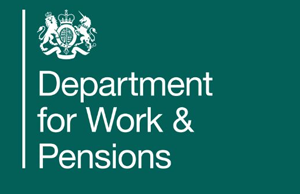
DWP - Disputes Modernisation ProgrammeProject type
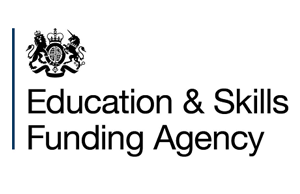
ESFAProject type
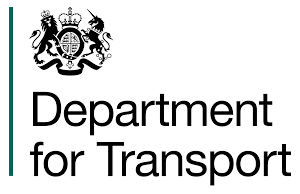
DfT BSOGProject type
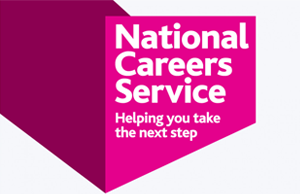
National Careers ServiceProject type
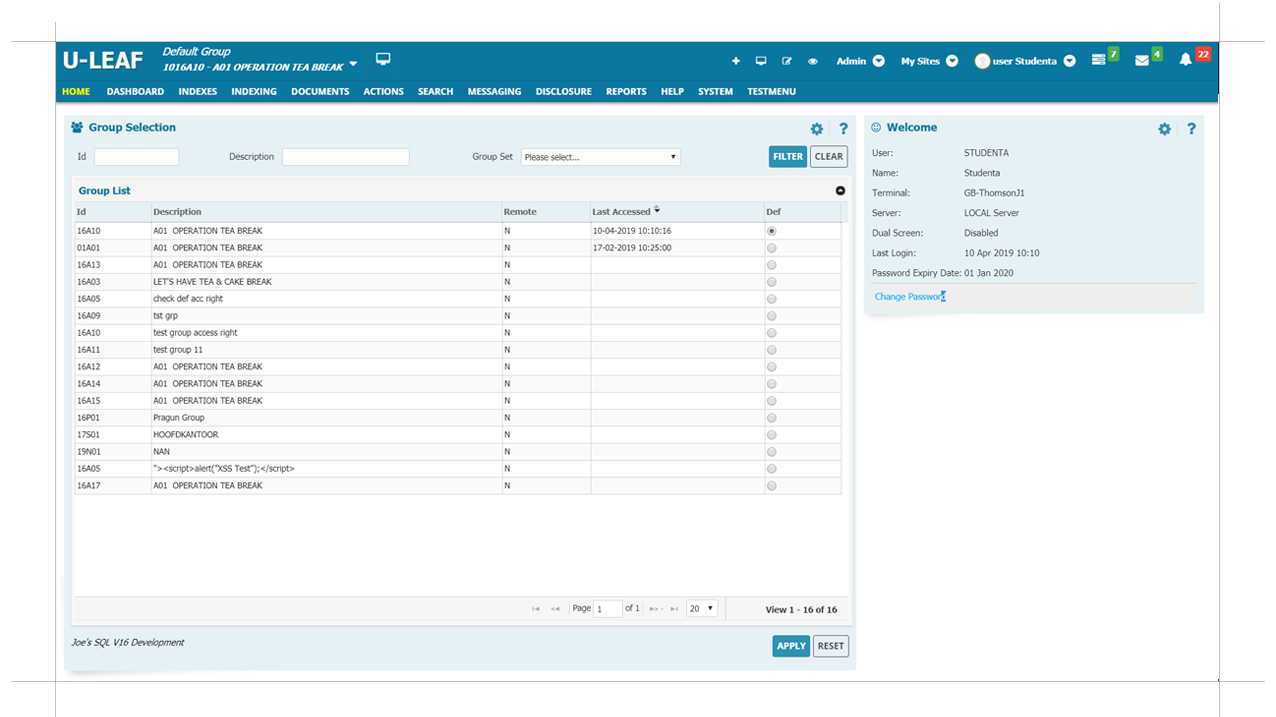
ULEAFWEB APPLICATION
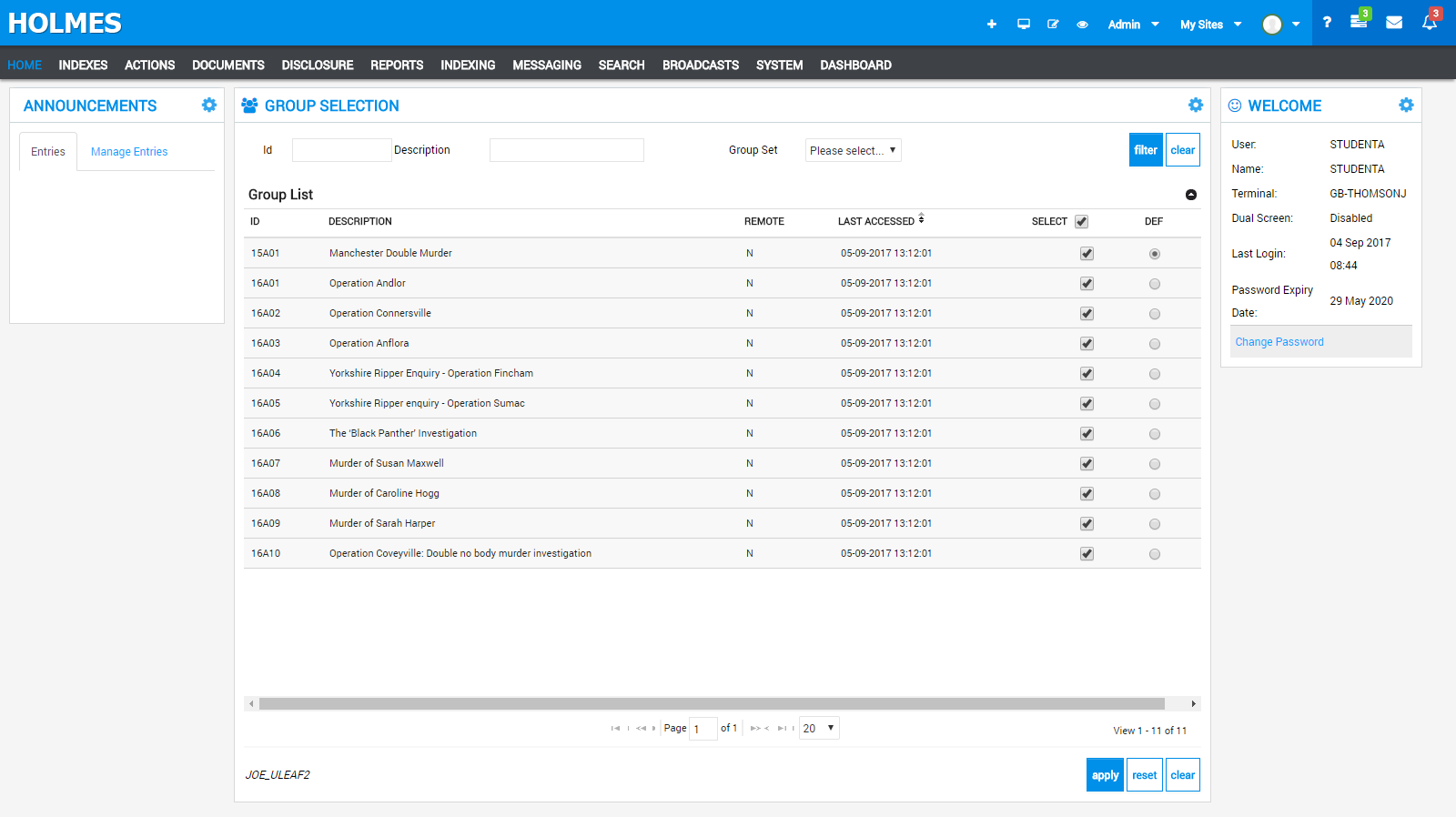
HOLMES2WEB APPLICATION
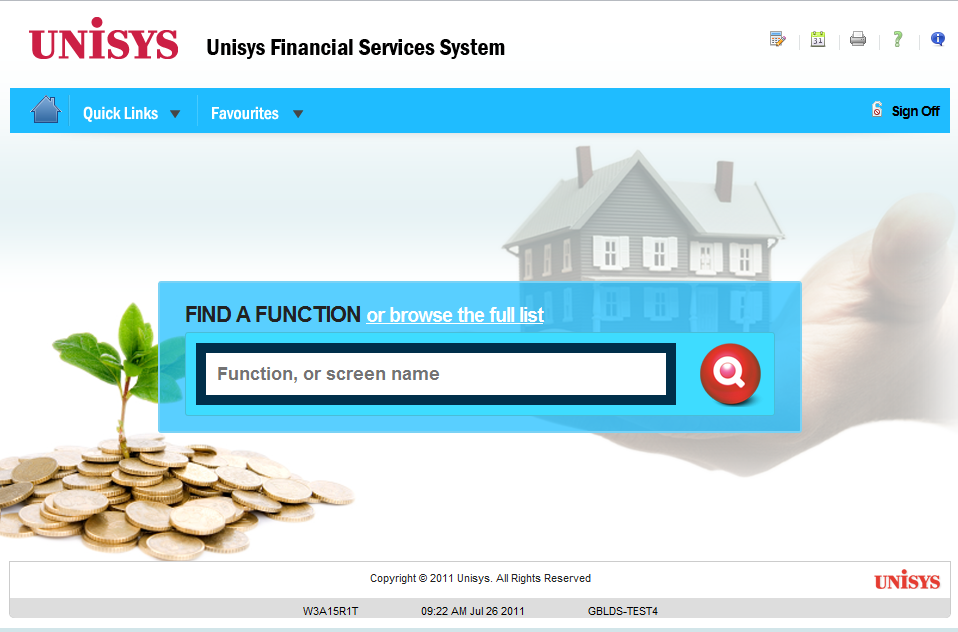
UNISYS-UFSSWEB APPLICATION
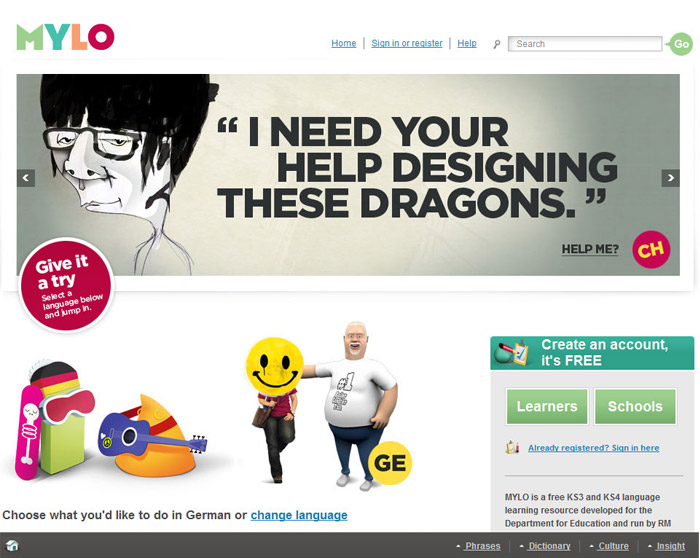
MYLOWEB APPLICATION

DUTCH-CUSTODIALWEB APPLICATION
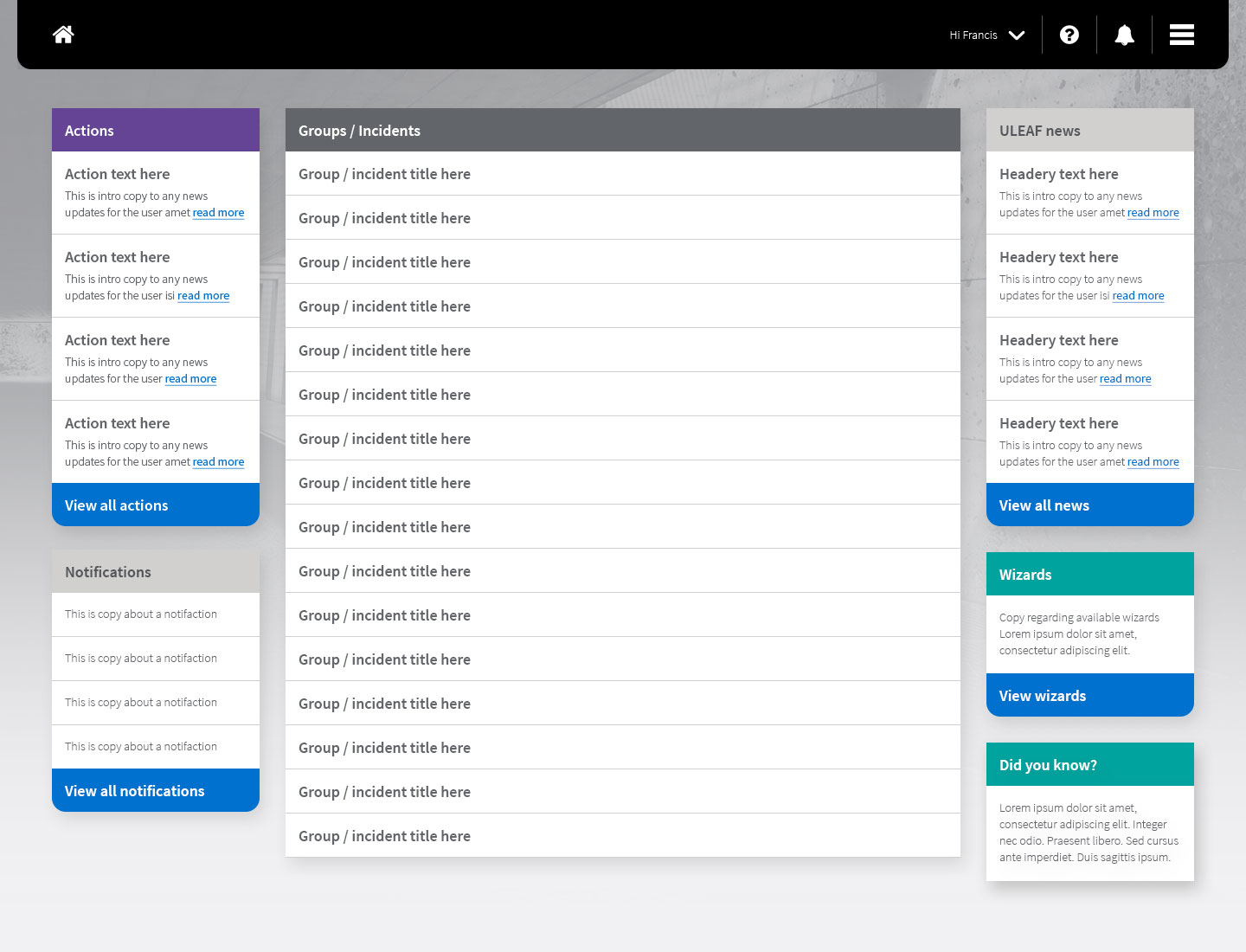
Digital InvestigatorWEB APPLICATION
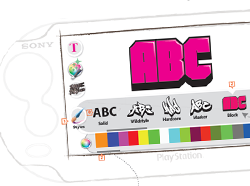
SONY-TAGPLAY STATION TAGGING GAME
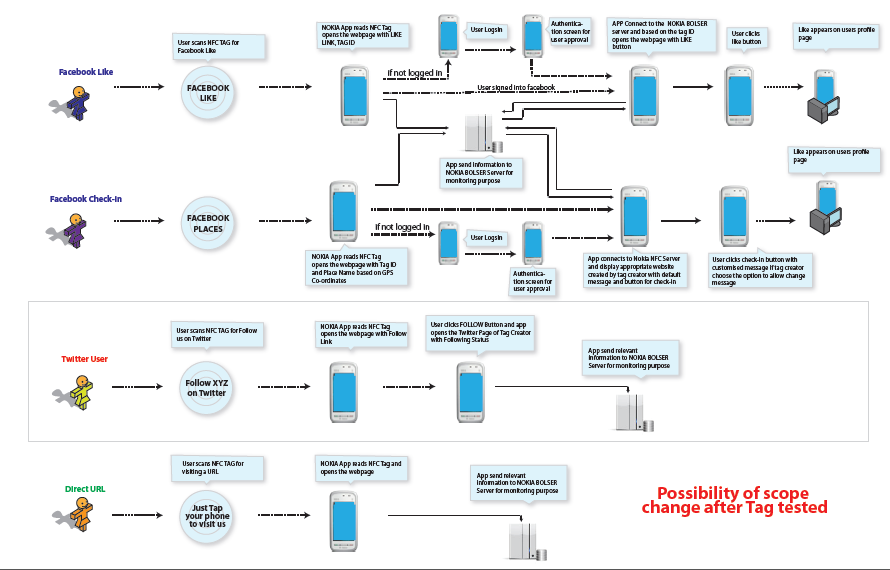
nokia-nfcNOKIA NFC

asiaroomsASIAROOMS
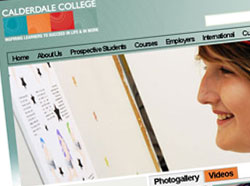
calderdale-collegeCalderdale College
© Jojest Thomson 2019 - Forever
